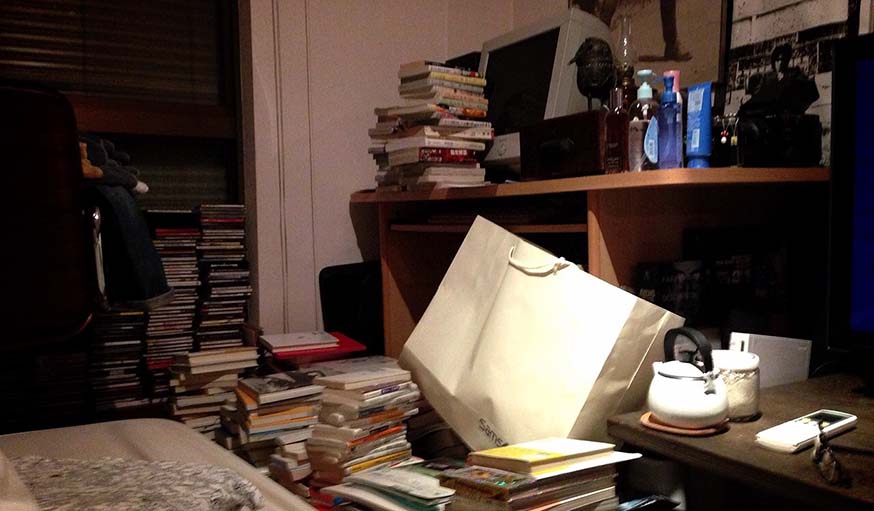

By relegating material possessions to the far back of people’s lives he disproves the erroneous idea that the sum of one’s belongings equates to self-worth.

In his perspective minimalism contradicts modern standards of happiness, which are loosely based on consumerism, such as having expensive cars and high-paying jobs and other examples of consumption for the sake of appearance rather than need. Sasaki, with a more traditional inclination, infers a conscious insight into socio-cultural values and how some are used to assess happiness.

Kondo, often associated with the simple living movement, has a pragmatic outlook that focuses on material detachment and clutter reduction. In the Japanese scene, two names emerge: Marie Kondo and Fumio Sasaki. Used not only as a means of reducing personal possessions, it becomes a personal quest for self-fulfillment beyond material acquisition. In recent years, minimalism as an approach to art has given way to minimalism as a lifestyle.


 0 kommentar(er)
0 kommentar(er)
